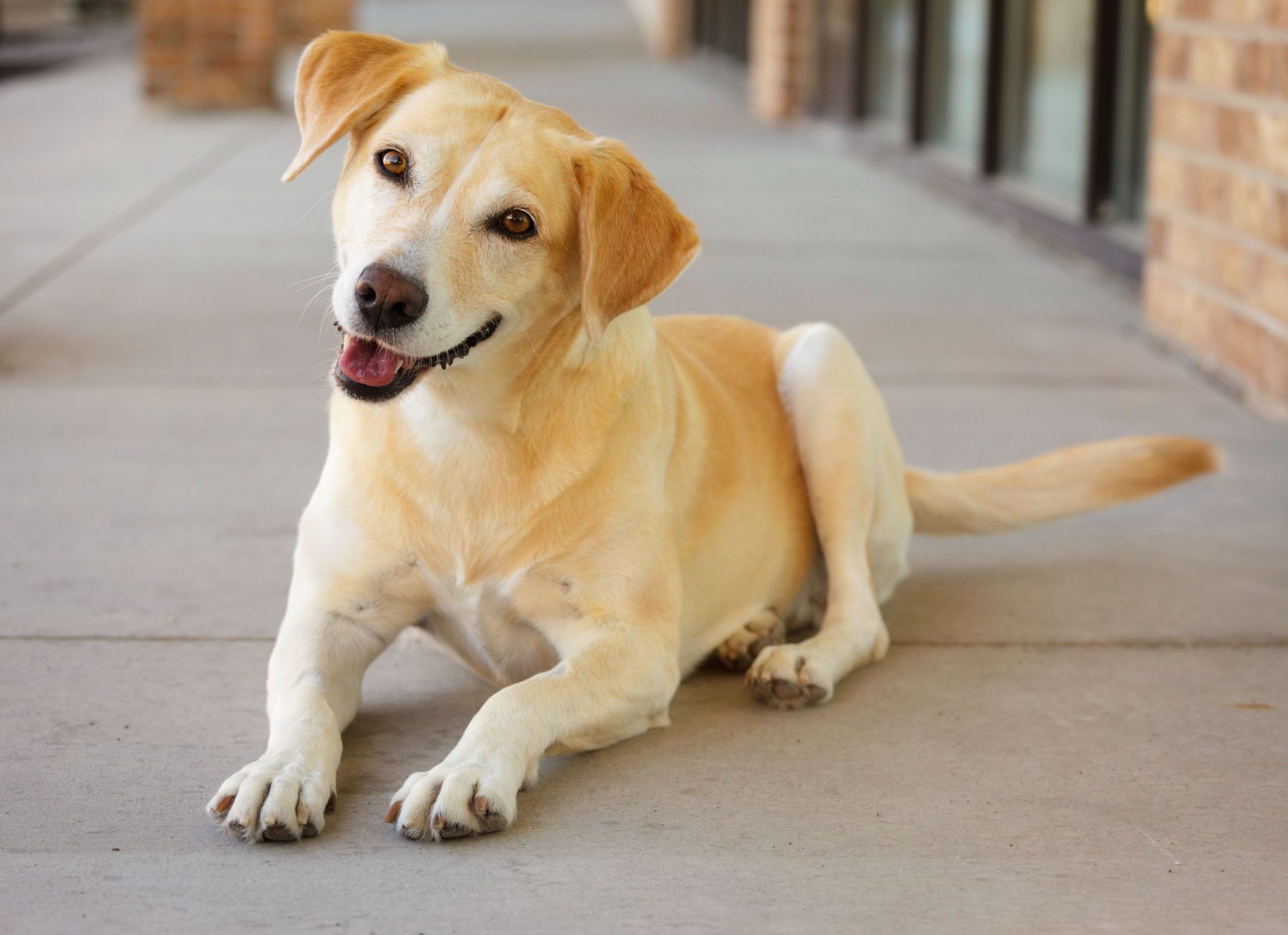Animal Behavior: What Your Pets Are Telling You

Our pets don’t speak our language, and yet they communicate with us all the time. While it would be cool to have two-sided conversations with them, we can infer a great deal about what they’re thinking and feeling. Body language is their primary tool, and it’s essential we watch and listen closely. Animal behavior can be mysterious or confusing, but it can also be incredibly straightforward once you know the basics.
A Little Goes a Long Way
It takes time and practice to figure out animal behavior. Their body language largely depends on the situation.The ways we react to our pets can make all the difference to their overall state of mind. Pay attention to the whole pet and not just certain parts on display. For example, a wagging tail doesn’t always signal a happy, friendly pet.
What’s With the Tail?
Speaking of the tail, let’s take a close look at what the tail is trying to say. If rigid and held away from the body, the tail could be signalling dominance, or a sign the animal is preparing for an aggressive encounter. Cats will puff out their tail to appear larger to potential attackers.
A relaxed and calm pet’s tail will look equally relaxed. In cats, however, their tail will be straight upright when they’re happy.
Look out for any irregular tail whipping, or tucking of the tail between the legs. Depending on the stimuli, this could mean a pet is feeling stress, irritation or fear.
A Curl of the Lip
When a pet shows you their teeth, consider it a warning. They are feeling tense, defensive or angry. However, if your dog’s mouth is agape and the tongue rolls out, it’s likely they’re feeling funny, sweet, and uber-comfortable.
Ears for Fears
Take a look at your pet’s ears next time they approach an unfamiliar person or animal. It’s likely that they will appear tucked or pinned back. Cats are known for this tactic to communicate that they are prepared for whatever’s coming at them. Dogs might prick their ears up to signal that they are also prepared.
The Deal with Posture
A rigid back and tense-looking legs aim to establish dominance. Don’t approach or touch a pet with an arched back and with their hair on end.
Be mindful of holding your pet’s gaze when they appear agitated or stressed, or they may perceive this as a threat. Additionally, you will probably notice a twitchy or whipping tail, airplane ears, and rigid posture.
A truly trusting pet will show their belly to their favorite people. They may seek out your company, follow you around, and stand at the ready for some serious snuggle time. Be prepared for some head butts and nuzzling.
Attention-Seeking Animal Behavior
There are many other ways that our pets employ animal behavior to communicate with us. When they want to play they will jump, bounce, vocalize, and even whine to get our attention. Alternatively, when a pet is stressed out, they may display destructive animal behavior, such as digging, clawing, chewing, and inappropriate soiling.
Depending on the type and frequency of animal behavior seen at home, it may be time for a wellness examination. Feel free to call us at (916) 791-8387. We are always here to help you communicate with your best friend.


